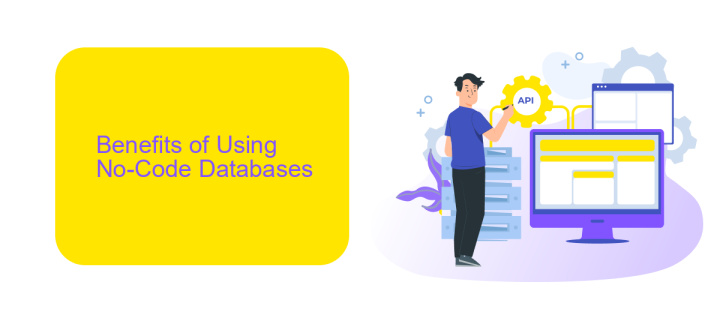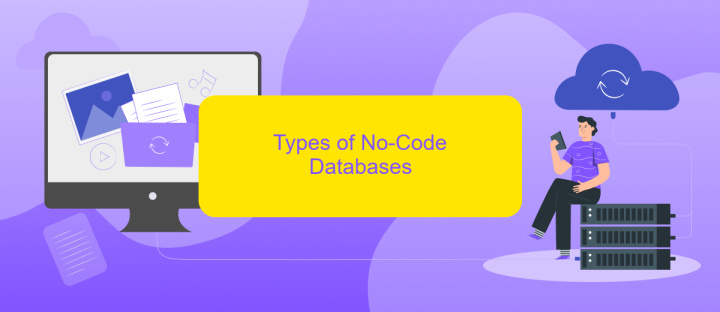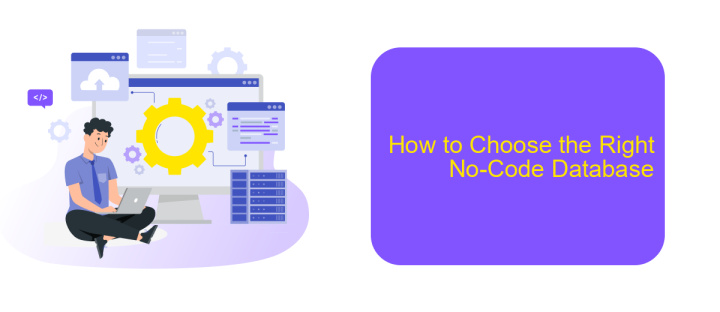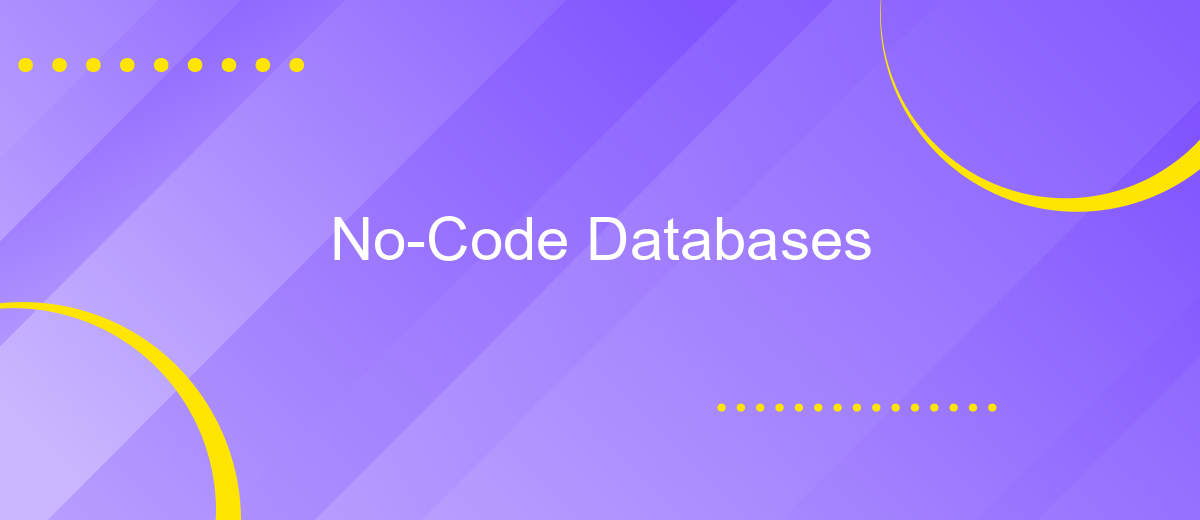No-Code Databases
No-code databases are revolutionizing the way individuals and businesses manage data by eliminating the need for traditional programming skills. These user-friendly platforms enable anyone to create, manage, and manipulate databases through intuitive interfaces and drag-and-drop functionalities. This democratization of database management empowers non-technical users to build sophisticated data solutions, accelerating innovation and efficiency across various industries.
Introduction to No-Code Databases
No-code databases are revolutionizing the way businesses and individuals manage data. These platforms allow users to create, manage, and manipulate databases without writing a single line of code. They are particularly beneficial for those who lack technical expertise but need robust data management solutions.
- User-friendly interfaces
- Drag-and-drop functionality
- Customizable templates
- Automated workflows
- Seamless integration with other tools
One of the key advantages of no-code databases is their ability to integrate effortlessly with various services. For example, ApiX-Drive enables users to set up integrations between their no-code databases and other applications, automating data transfer and synchronization. This makes it easier to maintain accurate and up-to-date information across multiple platforms, enhancing overall productivity and efficiency.
Benefits of Using No-Code Databases

No-code databases offer a range of benefits that make them an attractive option for businesses and individuals alike. One of the most significant advantages is the ease of use; these platforms allow users to create and manage databases without needing extensive programming knowledge. This democratizes the ability to handle data, making it accessible to a broader audience. Additionally, no-code databases often come with user-friendly interfaces and drag-and-drop features, which significantly reduce the time and effort required to set up and maintain databases.
Another key benefit is the flexibility and scalability that no-code databases provide. Users can easily integrate these databases with other tools and services to enhance functionality. For instance, platforms like ApiX-Drive facilitate seamless integration with various applications, enabling automated data transfers and workflow optimizations. This flexibility allows businesses to adapt quickly to changing needs and scale their operations without the need for extensive reconfiguration. Overall, no-code databases empower users to focus on their core activities while ensuring efficient data management and integration.
Types of No-Code Databases

No-code databases have revolutionized the way businesses and individuals manage data without needing extensive programming knowledge. These tools allow users to create, modify, and maintain databases through intuitive interfaces.
- Spreadsheet-Based Databases: These databases resemble traditional spreadsheets but offer advanced functionalities. Examples include Airtable and Google Sheets.
- Form-Based Databases: These tools enable users to create databases by filling out forms. Notable examples are Knack and Zoho Creator.
- Visual Development Platforms: These platforms provide drag-and-drop interfaces to build complex databases. Popular options include Bubble and OutSystems.
- Integration-First Databases: These databases prioritize seamless integration with other tools and services. ApiX-Drive is a prime example, offering robust integration capabilities.
Each type of no-code database serves different needs, from simple data management to complex application development. By choosing the right tool, users can efficiently organize their data and automate workflows without writing a single line of code.
How to Choose the Right No-Code Database

Choosing the right no-code database can be a game-changer for your project. First, identify your specific needs such as data volume, complexity, and collaboration requirements. No-code databases offer diverse features, so understanding your priorities will help narrow down the options.
Next, consider the ease of use and integration capabilities. A user-friendly interface can save time and reduce the learning curve. Additionally, look for databases that easily integrate with other tools you are already using. For instance, ApiX-Drive can facilitate seamless integrations with various applications, enhancing your workflow.
- Scalability: Ensure the database can grow with your project's needs.
- Security: Check for robust security features to protect your data.
- Support: Reliable customer support can be crucial for troubleshooting.
- Cost: Evaluate if the pricing aligns with your budget.
Finally, take advantage of free trials and demos to get hands-on experience with the database. This allows you to assess its functionality and ensure it meets your requirements before making a commitment. By carefully considering these factors, you can select a no-code database that best suits your project.
- Automate the work of an online store or landing
- Empower through integration
- Don't spend money on programmers and integrators
- Save time by automating routine tasks
Case Studies and Success Stories
One notable success story comes from a small e-commerce business that leveraged a no-code database to streamline its inventory management. Prior to adopting the no-code solution, the company struggled with manual data entry and frequent errors, which led to inventory discrepancies and lost sales. By implementing a no-code database, they were able to automate inventory tracking and integrate seamlessly with their existing e-commerce platform. This transition not only reduced errors but also improved overall efficiency, resulting in a 30% increase in sales within six months.
Another compelling case study involves a marketing agency that utilized a no-code database to manage client projects more effectively. Before switching to a no-code solution, the agency faced challenges with project tracking and communication. By adopting a no-code database and integrating it with ApiX-Drive, they automated workflow processes and synchronized data across various tools. This integration allowed the team to focus more on creative tasks, enhancing productivity and client satisfaction. The agency reported a 40% improvement in project completion times and a significant boost in client retention rates.
FAQ
What is a No-Code Database?
How secure are No-Code Databases?
Can No-Code Databases handle complex data relationships?
How can I automate workflows with a No-Code Database?
Are No-Code Databases scalable?
Time is the most valuable resource in today's business realities. By eliminating the routine from work processes, you will get more opportunities to implement the most daring plans and ideas. Choose – you can continue to waste time, money and nerves on inefficient solutions, or you can use ApiX-Drive, automating work processes and achieving results with minimal investment of money, effort and human resources.


